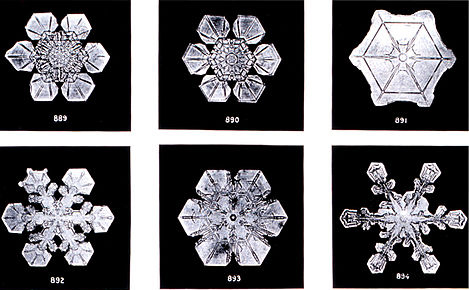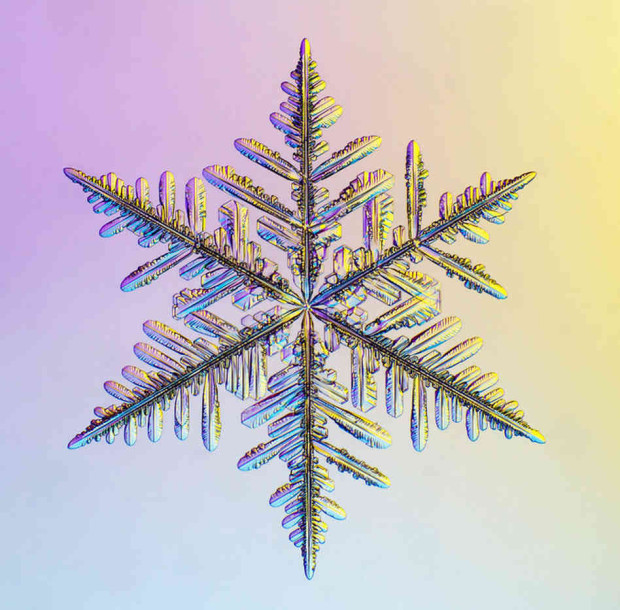Ever wonder why no two snowflakes look alike? Not only do no two snowflakes look alike, but rarely do two snowflakes even look remotely similar. Well, there’s a little thing in this world called “emergence” and it dictates how complex systems are formed.
Emergence Defined
The arising of novel and coherent structures, patterns and properties during the process of self-organization in complex systems.
Jeffrey Goldstein, Emergence Journal
In the case of the Snowflake, this is how it “organizes” itself as it falls through the atmosphere, eventually reaching earths surface. The snowflake is an example of weak emergence, or emergence as a result of interaction at an elemental level which is reducible to it’s individual components (strong emergence is more of a philosophical idea in which the whole is greater than the sum of its components).

In nature, there is considered to be three levels of emergence, with the snowflake falling into second-order emergence. Second-order emergent structures consists of shape interactions played out over a course of time resulting in a final product. As the snowflake falls through the sky, it experiences changing atmospheric pressures and temperatures, manipulating the shape of the crystal and growing the crystal as the snowflake interacts with other snow crystals. (First-order emergent structures rely solely on shape interaction, not time; third-order emergent structures are a result of shape, time, and heritable structure)
As a result of this change of shape over time, symmetries are certainly formed. But larger snowflakes contain on average over 100 unique features. This means that there are over 10^100 possible ways for a single flake to be put together, and that’s a lot! Each “unique” flake has an unfathomably large number of ways in which it could have been put together. Even in the event of two flakes appearing the same, the odds of each independent feature lining up is statistically improbable.
Emergence can further be defined:
The common characteristics are: (1) radical novelty (features not previously observed in systems); (2) coherence or correlation (meaning integrated wholes that maintain themselves over some period of time); (3) A global or macro “level” (i.e. there is some property of “wholeness”); (4) it is the product of a dynamical process (it evolves); and (5) it is “ostensive” (it can be perceived).
If you would like to find out more about emergence and its role in both science and philosophy, the Wikipedia page on emergence has some great resources


And science wins again!